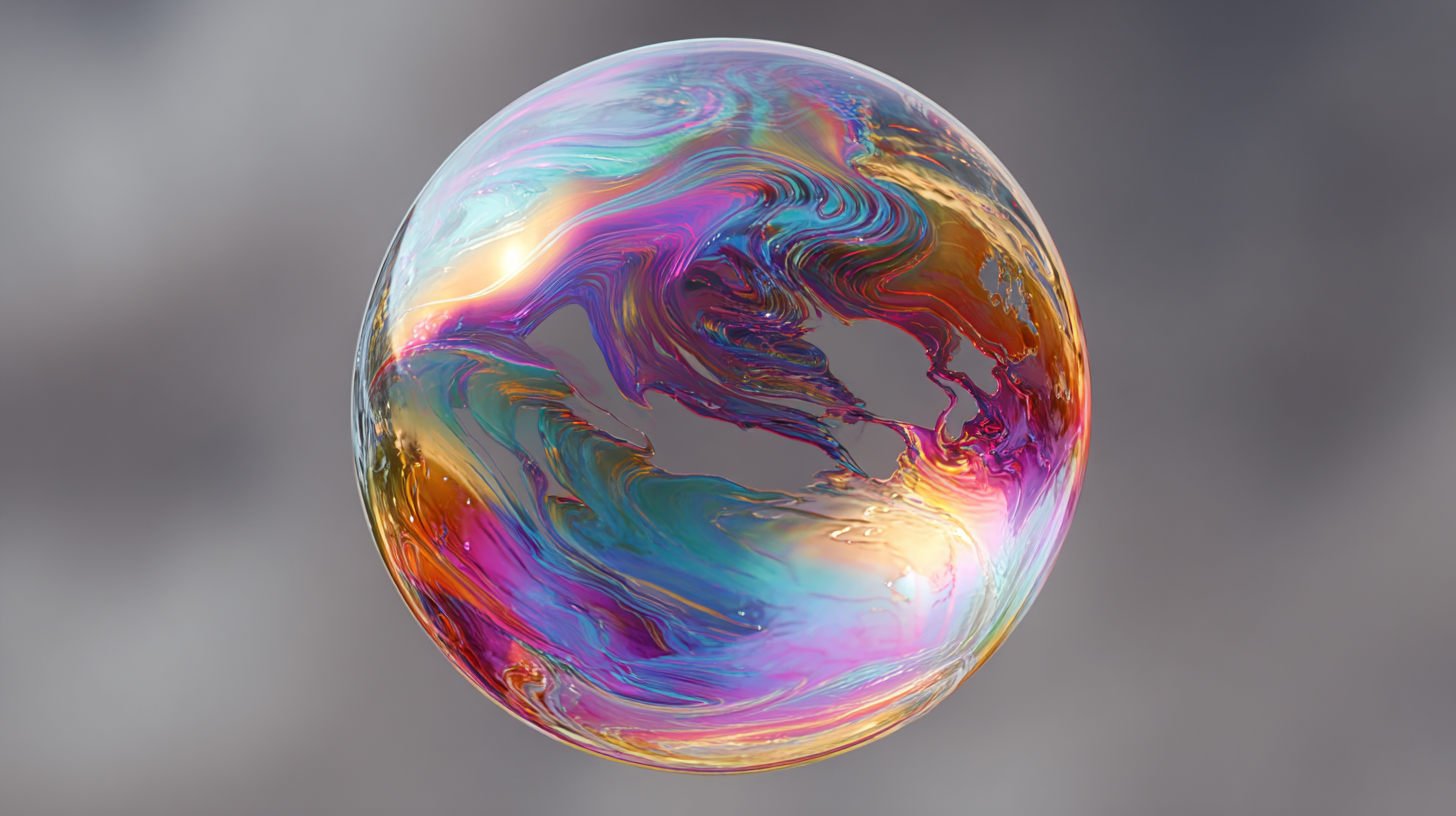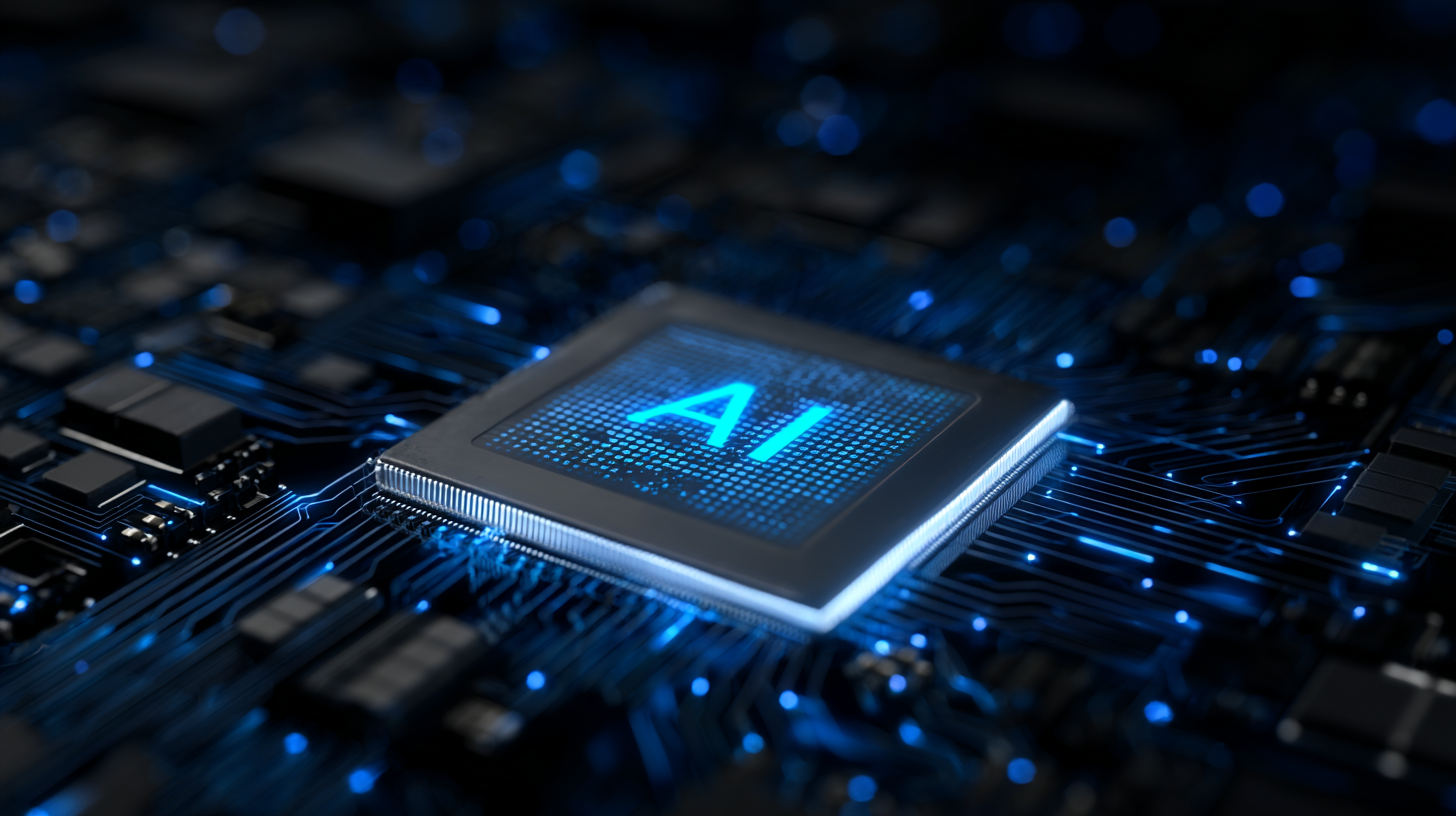OpenAI, a leading artificial intelligence research laboratory, has once again set a new milestone in the realm of AI technology with the introduction of Sora, a groundbreaking video-generation AI model. Representing a significant leap beyond text and image generation, Sora aims to revolutionize the way we create and interact with videos in the digital age. This article will delve into the innovative features of Sora, its potential applications, and why its demand is expected to surge in the coming years.
Sora AI: Redefining Video Generation
Unveiling a Multimodal AI Model
OpenAI's Sora is a diffusion AI model that utilizes the Transformer architecture, similar to the one used in ChatGPT, and is designed to comprehend and simulate the real world. Unlike its predecessors, Sora is capable of combining text, image, and video to produce high-definition video clips, enabling users to type out their desired scenes and watch them come to life on screen.
Unmatched Photorealism and Cinematic Capabilities
What sets Sora apart from other video-generation AI tools in the market is its striking photorealism and ability to produce longer video clips, with a maximum duration of up to one minute . The model's exceptional ability to grasp cinematic grammar and storytelling has been a particularly noteworthy achievement, as it automatically generates shot changes and narrative thrust.
The Rise of Sora: Potential Applications and Implications
Creative Opportunities and Misinformation Concerns
The advent of video-generation AI tools like Sora presents a myriad of creative opportunities for AI enthusiasts. However, it also raises serious concerns about the spread of misinformation, particularly in the context of major political elections across the globe. The exponential increase in AI-generated deepfakes further amplifies the urgency of addressing the potential misuse of such advanced technologies.
Empowering Content Creation on Social Platforms
While the prospect of using Sora to create coherent movies remains distant due to its inability to ensure continuity from prompt to prompt, the model is expected to transform the landscape of social media platforms such as TikTok and Reels. Its ability to empower the average person to produce high-quality video content without the need for expensive equipment is a testament to its potential impact on digital storytelling and content creation.
Navigating Safety and Ethical Challenges
Safety Measures and Content Restrictions
OpenAI has implemented stringent content restrictions for Sora, prohibiting violence, pornography, and the appropriation of real people or the style of named artists. Additionally, the company is committed to providing a way for viewers to identify AI-created output, emphasizing their dedication to ensuring the safety and veracity of the content generated by Sora.
Addressing Misinformation: A Collective Responsibility
Aditya Ramesh, the lead researcher and head of the Dall-E team at OpenAI, underlines the significance of a collective effort in combating misinformation, stating that the solution will necessitate mitigations from the company as well as an understanding from society and adaptation from social media networks.
The Future of Sora AI: Anticipated Surge in Demand
Potential Applications and Growing Need
As the digital landscape continues to evolve, the need for advanced video-generation AI models like Sora is expected to increase exponentially. From enhancing storytelling capabilities to empowering content creators on social platforms, Sora's potential applications are vast and diverse, heralding a new era of digital creativity and expression.
In conclusion, the introduction of OpenAI's Sora marks a pivotal moment in the evolution of AI technology, offering a glimpse into the future of video creation and consumption. As we navigate the ethical and practical implications of such advancements, the impact of Sora on digital content creation and the fight against misinformation cannot be overstated.







